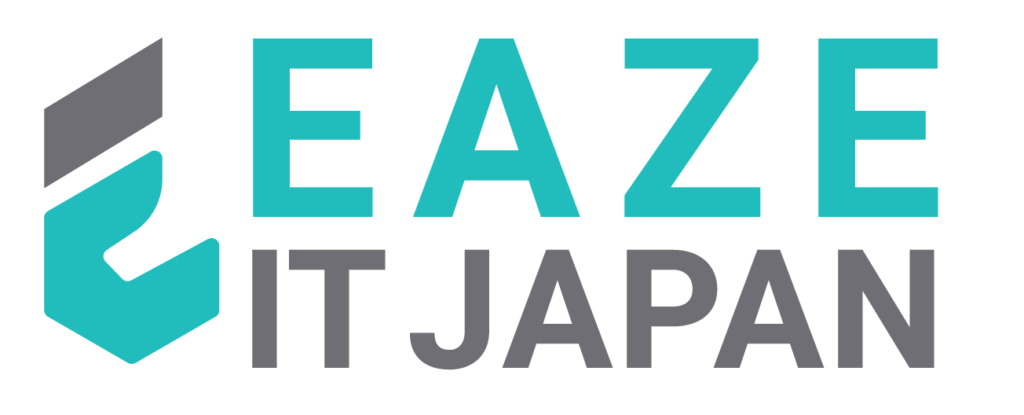Language Training
Japanese Language Training: From N5 to N3 Level
Mastering the Japanese language through the JLPT (Japanese Language Proficiency Test) levels N5 to N3 is a structured journey that builds essential skills in listening, reading, writing, and speaking. This guide outlines the key aspects of each level and effective strategies to progress from beginner to intermediate proficiency.
JLPT Levels: N5, N4, and N3 Overview
N5 Level
- Skills Tested: Basic understanding of everyday expressions and simple phrases.
- Key Content:
- Vocabulary: Approximately 800 words.
- Grammar: Basic grammar points, including verb conjugations (present and past tense, negative forms).
- Kanji: Around 100 kanji characters.
- Strategies:
- Focus on mastering hiragana, katakana, and basic kanji.
- Practice listening to simple conversations and reading short passages.
- Use JLPT N5 preparation materials for structured study.
N4 Level
- Skills Tested: Understanding of everyday topics encountered in school, work, or daily life.
- Key Content:
- Vocabulary: Approximately 1,500 words.
- Grammar: Expanded grammar points, including conditional forms, causative form, and passive form.
- Kanji: About 300 kanji characters.
- Strategies:
- Increase exposure to spoken Japanese through media and conversations.
- Practice reading longer texts and understanding main ideas.
- Use JLPT N4 study guides and mock tests to assess progress.
N3 Level
- Skills Tested: Ability to understand Japanese used in everyday situations to a certain degree.
- Key Content:
- Vocabulary: Approximately 3,000 words.
- Grammar: Intermediate grammar points, including volitional form, potential form, and honorific language.
- Kanji: About 600 kanji characters.
- Strategies:
- Focus on improving listening comprehension through podcasts, movies, and news broadcasts.
- Read various genres of written materials to improve comprehension and vocabulary.
- Practice speaking with native speakers or language exchange partners to enhance fluency.
